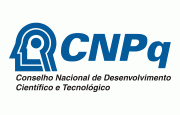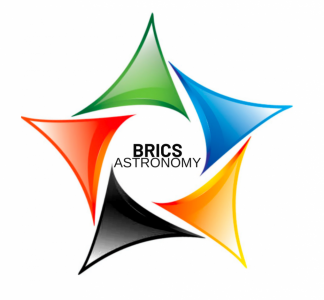
Brazilian astronomy has been growing steadily over the past century, and is now a solid community. Professional astronomy was triggered in the late sixties and early seventies by the two main then existing historical institutions, the Institute of Astronomy, Geophysics and Atmospheric Sciences (IAG-USP) and the National Observatory (ON), together with the creation of agencies for research and combined with individual actions.

The Ministry of Science, Technology and Innovation (MCTI) promotes scientific and technological research as well as innovation in Brazil. Strategic focus areas of MCTI include the national policies of space, nuclear, IT and automation of biosecurity and the exportation control of goods and delicate services. The Institute of Astronomy, Geophysics and Atmospheric Sciences (IAG) is one of the leading academic and research centers in Brazil. Research projects are multi and interdisciplinary in collaboration with national and international research centers, universities, public companies and governmental offices. Research projects at IAG address issues in :
- Astronomy
- Atmospheric Sciences
- Geophysics
- Laboratories, Telescopes and Observatories
The National Observatory (ON) of Brazil was established in 1827 to study the problems of latitude and time. Time and latitude programs are still an important part of its work, but are now accompanied by increasing activity in the fields of geophysics, astrophysics and radio astronomy.
ESO, the European Southern Observatory, is one of most productive astronomical observatories. The signing of the access agreement to become a member of ESO marked a historical step in Brazilian astronomy. Through the support of Brazil and other nations, ESO provides state-of-the-art research facilities to astronomers.
Multilateral cooperative research
The National Council for Scientific and Technological Development (CNPq) is part of the initiative to fund multilateral cooperative research activities amongst BRICS countries.
is part of the initiative to fund multilateral cooperative research activities amongst BRICS countries.
-
Mission of the BRICS Astronomy Working Group
-
The mission of the BRICS Astronomy Working Group is to promote cooperation between BRICS member countries in the field of astronomy and enabling technologies through joint activities of government, universities, research institutions, and industry, as relevant, to develop astronomical sciences, generate new knowledge, train human capital, develop new technologies and applications, and improve public understanding of science.
